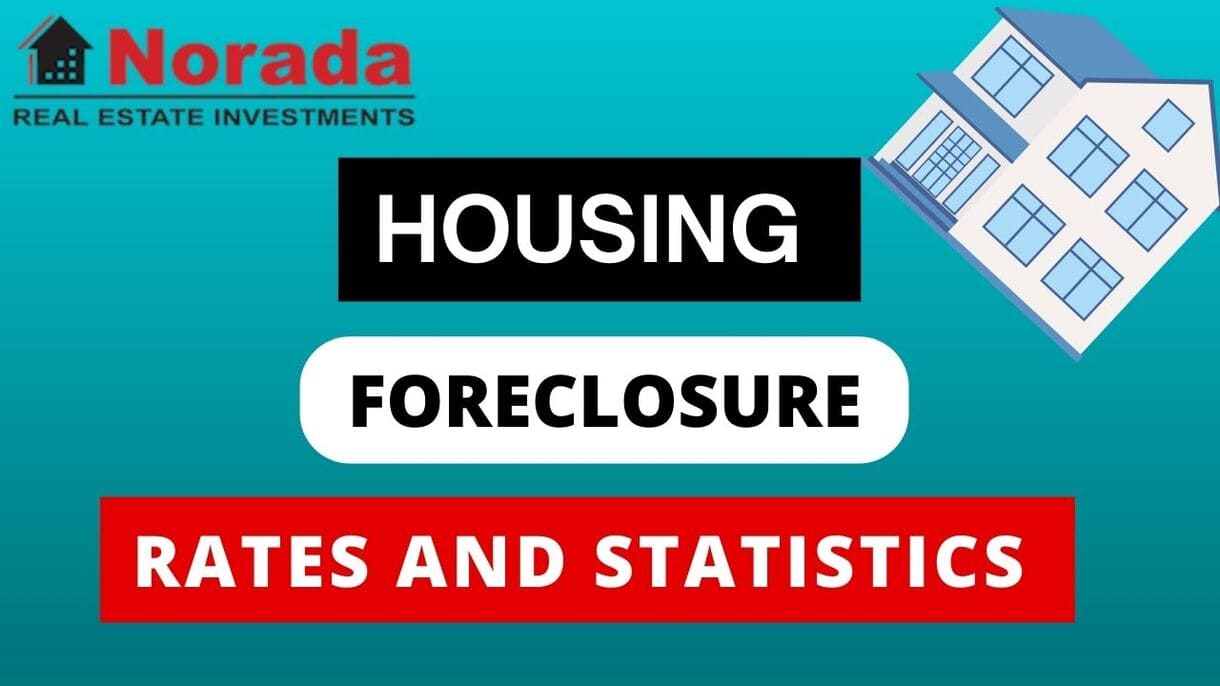Imagine standing in a busy marketplace filled with eager shoppers, each person searching for the best deals and hidden gems. This bustling activity can feel much like the housing market, which has seen a mix of excitement and frustration over the past few years. Now, exciting changes are on the horizon. A buyer’s housing market might be around the corner thanks to a surge in new listings and falling mortgage rates. This combination of factors could be a game-changer for people hoping to buy homes soon.
A Buyer’s Housing Market Might Be Around the Corner
Key Takeaways
- A Buyer’s Market: The possibility of a buyer's housing market emerging is becoming more likely due to an increase in home listings and lower mortgage rates.
- Inventory Surge: According to Realtor.com, in September, homes newly listed for sale skyrocketed by 34% compared to last year.
- Regional Variations: The South and West saw the highest increases in listings, some areas in Florida seeing rises of up to 74%.
- Price Trends: Although the median price of homes dipped slightly, the price per square foot has risen, suggesting changing value dynamics.
- Longer Selling Times: Homes are taking longer to sell, suggesting a shift in market dynamics as more listings become available.
Understanding the Shift in The Real Estate Market
The real estate landscape has experienced significant ups and downs over the past few years. Initially characterized by soaring prices and a tough market for buyers, the tide is starting to turn. A recent report from Realtor.com® signals that the fall housing market is gaining traction, with September witnessing an impressive 11.6% increase in new home listings over last year**. This surge marks a three-year high and brings a wave of optimism as falling mortgage rates and the Federal Reserve’s recent rate cuts give potential buyers hope.
Ralph McLaughlin, an economist at Realtor.com, notes that the so-called “lock-in effect” — where homeowners hesitated to sell their homes due to high mortgage rates — is finally easing. The Federal Reserve's decision to cut rates by 50 basis points has allowed some buyers who have previously held back to reenter the market. This resurgence is pivotal as buyers will have not only more options but potentially better deals since they can now afford to buy without being crippled by high rates.
Where Are the Listings Increasing?
While many are excited about the increase in inventory, it’s important to remember that these changes impact different regions unequally. The surge in newly listed homes has primarily been a highlight in expensive markets, where sellers benefit more from the savings associated with lower mortgage rates. For example, Seattle, Washington, DC, and San Jose, California are experiencing notable growth rates in new listings of 41.8%, 30.4%, and 27.1%, respectively.
McLaughlin highlights that higher-priced homes yield larger savings, which could explain why sellers in these metro areas are more inclined to list their homes now. Homebuyers in these cities stand to gain more financially, motivating more individuals to consider moving out of their current homes.
For instance, while a family may be hesitant to sell in a lower-priced market, they might find it worthwhile in an area where they can save significantly on a new mortgage. This has opened the door to opportunities across the housing spectrum, encouraging buyers who may have put their plans on hold amid uncertainty.
Furthermore, the South region is witnessing the most substantial increases in listings overall, making it an attractive destination for homebuyers. From Tampa to Miami to Jacksonville, cities report mind-blowing increases of up to 74% in new listings compared to the previous year. Such growth reveals a significant market shift, indicating a growing sense of urgency among buyers to take advantage of available listings before any further changes occur.
Overall Market Conditions and Home Prices
While the reported increases in inventory are noteworthy, it’s crucial to recognize that current listing levels still lag behind those seen before the pandemic. Homes listed this September are 23.2% fewer compared to the average inventory levels observed from 2017 to 2019, suggesting that while buyers have more options, the market isn’t entirely recovering to its pre-pandemic norm.
In terms of prices, there is a mixed picture unfolding. The median sale price of homes dropped by nearly $5,000 from August to September, moving from $429,500 to $425,000. This might seem like good news for prospective homeowners, but the price per square foot has increased by 2.3%. This growth indicates that while overall prices have dipped, buyers might be receiving less value for every dollar spent.
For instance, consider homebuyers comparing similar properties. Despite the drop in the median price, their purchasing power may not be as strong as it seems, given that the cost per square foot has risen significantly over the past few years. A deeper look into historical trends shows that price per square foot has surged by 50.8% since September 2019, which means buyers may still face challenges with affordability.
Market Dynamics: Fewer Days on the Market
As more homes come onto the market, a notable trend is emerging: homes are taking longer to sell. Data reveals that homes spent an average of 55 days on the market in September, a slight increase from 53 days in August. While this is the slowest selling rate for September in five years, it is worth remembering that homes are still turning over quicker than they did during the pre-pandemic era, when averages reached around 62 days.
This gradual increase in selling times may indicate a shift where buyers are becoming more selective due to the expanded inventory. With so many options available, potential buyers can afford to wait longer and carefully evaluate which homes best meet their needs and financial resources. This trend allows buyers to strategize their purchases carefully rather than rushing into decisions that they may regret later.
Regional Snapshots: The Difference Across Geography
To paint a clearer picture of how the current trends impact various locations, let’s take a regional snapshot:
- The South: This area has recorded the most significant changes, with listings increasing by 42% compared to last year. In cities such as Tampa, the increase in listings is remarkable, making it a hotspot for buyers seeking opportunities.
- The West: Although still noteworthy, the West has seen a lower increase in listings at about 36.5%. However, areas like California continue to rank among the highest in terms of housing value, keeping interest levels high despite the competitive nature of the market.
- The Northeast and Midwest: These regions experienced more modest increases at 14.8% and 22.3%, respectively. While the growth may not be as pronounced, it still signifies a movement toward a more balanced market.
This breakdown illustrates the various dynamics at play within the housing market, highlighting how sellers and buyers are responding differently within their respective regions.
Price Cuts and Purchasing Power
In addition to increased listings, there has also been an uptick in price reductions. Currently, about 18.4% of all listings feature price cuts, which represents an increase compared to the previous year. While price cuts might seem like positive news for buyers, indicating flexibility on the part of sellers, it’s still essential to view this trend within the broader context of the market.
Despite the presence of price cuts, the housing market has managed to maintain stability overall. McLaughlin notes that “while market speed moved at the slowest rate for a September since 2019, buyers have been engaged just enough to keep prices from falling.” Interestingly, this balance suggests that while buyers are more cautious, they still remain engaged in the process and willing to act when they see suitable opportunities.
Summary:
In summary, the spectrum of recent changes in the housing market indicates that a buyer’s housing market might be around the corner. Thanks to a notable increase in inventory, optimism surrounding lower mortgage rates, and fluctuating home prices, it appears that buyers may soon find themselves in a more favorable environment. While challenges remain and market dynamics continue to evolve, the current trends across various regions present hopeful signs for prospective homeowners who have been patiently waiting for the right time to enter the market.
Recommended Read
- Young Buyers Set to Transform the Housing Market in 2025
- Why Falling Mortgage Rates Won't Make Much Impact for Buyers
- First-Time Home Buyer Government Programs: Guide for Buyers
- 5 Mistakes First-Time Homebuyers Make (and How to Avoid Them)
- Why Are Houses So Expensive in 2024: Trends and Economic Influences
- Housing Market Predictions for Next Year: Prices to Rise by 4.4%
- Housing Market Predictions for the Next 4 Years: 2024 to 2028
- Real Estate Forecast Next 5 Years: Top 5 Predictions for Future
- Real Estate Market Predictions 2025: What to Expect





